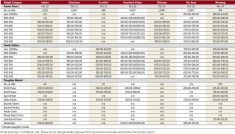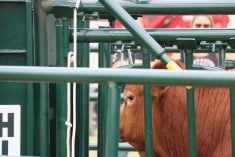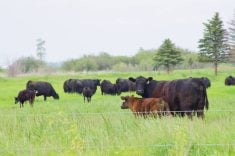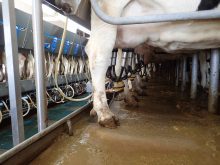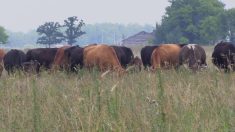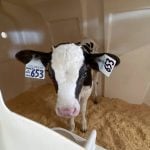The $7 billion that U. S. cattle producers have lost in the past two years have been the worst in decades if not ever, and they hope an improving economy will restore some profits in 2010.
Chances for profits this year are tied tightly to a healthier economy and lower feed prices. People need jobs so they can spend money at restaurants and buy beef steaks and filets at supermarkets, economists said.
“Over the last two years we have lost about $7 billion feeding cattle. That is without a doubt one of the ugliest stretches we have ever seen,” said Gregg Doud, economist for the National Cattlemen’s Beef Association.
Read Also
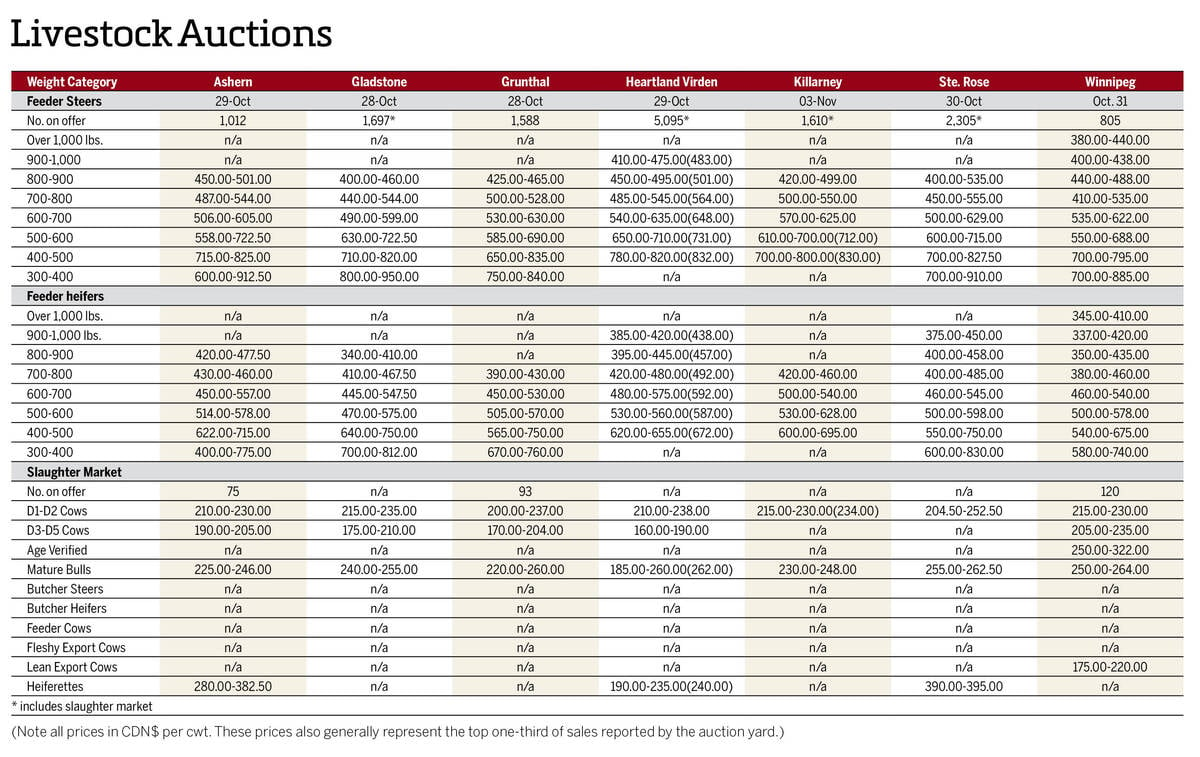
Manitoba cattle prices, Nov. 4
Manitoba cattle sale prices for the week of Oct. 28 to Nov. 4, 2025.
The NCBA is the nation’s largest cattle group and much of the discussion in workshops and hallways last week was on the poor state of the industry and what lies ahead in 2010.
Financial losses have taken a toll on the herd. Forecasters expect a U. S. Agriculture Department cattle report on Friday to show the smallest herd in more than 50 years. Also, some feedlots have gone out of business and more may follow.
“If we don’t see some profitability in the next six to eight months, we will see some structural shifts in terms of losing feedlot capacity,” said Derrell Peel, agricultural economist at Oklahoma State University. “I think we have feedlots that are literally on their last legs.”
Lower corn prices provide one reason to hope.
“The break in the corn market psychologically has had an enormous (positive) impact,” said Doud. “If you have the risk management, we are actually going to have an opportunity to make some money feeding cattle for the first time in two years.”
Profits will also depend on a decline in the unemployment rate from 10 per cent.
“The lack of demand due to the economy was the big story last year and it will continue to be the big factor this year,” said Peel.
Cattle producers also worry the smaller herd and weak demand could cause one or more beef plants to close. This could impede a recovery in the cattle market, denting demand.
Smithfield Foods Inc. recently announced it was closing its Sioux City, Iowa, pork plant. NCBA’s Doud worries a beef plant could also close.
“There is a lot of fear out there that something like that could happen on the beef side,” said Doud. “If you no longer have that processing capacity, then it really limits your ability to expand.”



